1. Importance of Steel Slitting Machines
Steel slitting machines are of great importance in the global market, especially in countries such as India, Indonesia and the United States. The rapid development of manufacturing in these countries and the increasing demand for metal products have promoted the widespread application of steel slitting lines.
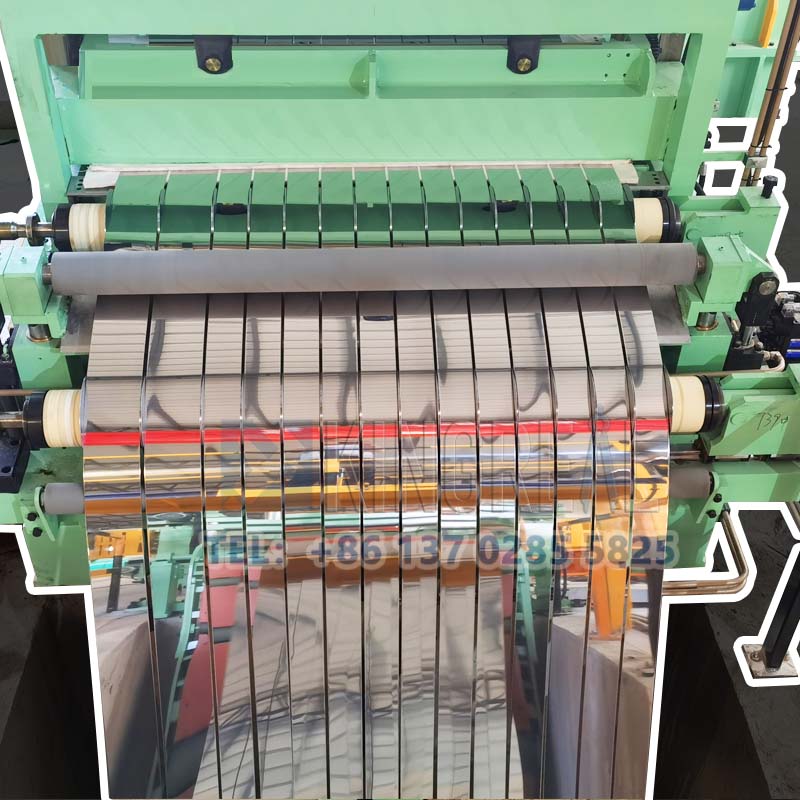
1.1 Demand in the Global Market
Globally, steel slitting machines are widely used in the automotive manufacturing, construction, home appliance and electronics industries. In India, with the booming automotive industry, slitting machines are used to cut large coils of steel into specifications suitable for automotive manufacturing. Indonesia's construction industry also requires a large amount of metal materials, and steel slitting line provide it with the necessary raw materials. In the United States, steel slitting machines not only serve traditional manufacturing industries, but also support emerging green energy industries, such as metal structural parts in the wind and solar energy fields.
1.2 Application Fields and Benefits
The application of steel slitting lines significantly improves production efficiency and material utilization. By cutting large coils of steel into smaller specifications, companies can reduce material waste and facilitate subsequent processing. In addition, steel slitter can also produce metal materials of various specifications and thicknesses according to the different needs of customers to meet the diverse needs of the market. This makes steel slitting machines an indispensable piece of equipment in the metal manufacturing process, helping companies improve their competitiveness.
1.3 Economic Impact
The popularity of steel slitting lines has also led to the development of related industries. As the steel slitting machine market expands, the number of companies that manufacture and maintain these devices has also increased, creating more jobs. In addition, the efficient operation of steel slitting line can effectively reduce production costs, improve the profitability of companies, and promote overall economic growth.
2. Main Components of Steel Slitting Machines
Steel slitting lines are composed of multiple precision components, each of which plays a vital role in the entire production process. The following are the main components of steel slitting machines:
2.1 Decoiler
The decoiler is the first step of the steel slitter and is responsible for unwinding the large coil of metal material. Its design ensures a smooth feeding of the material and avoids any fluctuations during the cutting process. Decoilers are usually equipped with sensors to monitor the tension of the material to ensure the continuity and consistency of the feeding.
2.2 Tension Station
The main function of the tension station is to control the tension of the metal material during the cutting process. This process is critical because too high or too low tension will affect the accuracy of the cutting. The tension station is usually equipped with an adjustment device that can automatically adjust according to the thickness and characteristics of the material to ensure that the tension remains stable throughout the cutting process.
2.3 Front Loop
The front loop is designed to provide stable material preparation for the subsequent cutting process. It guides the metal material to the main slitting cutter to ensure accurate alignment of the material. The work of the front loop ensures that the material can form a proper loop before entering the cutting area, making the cutting process smoother.
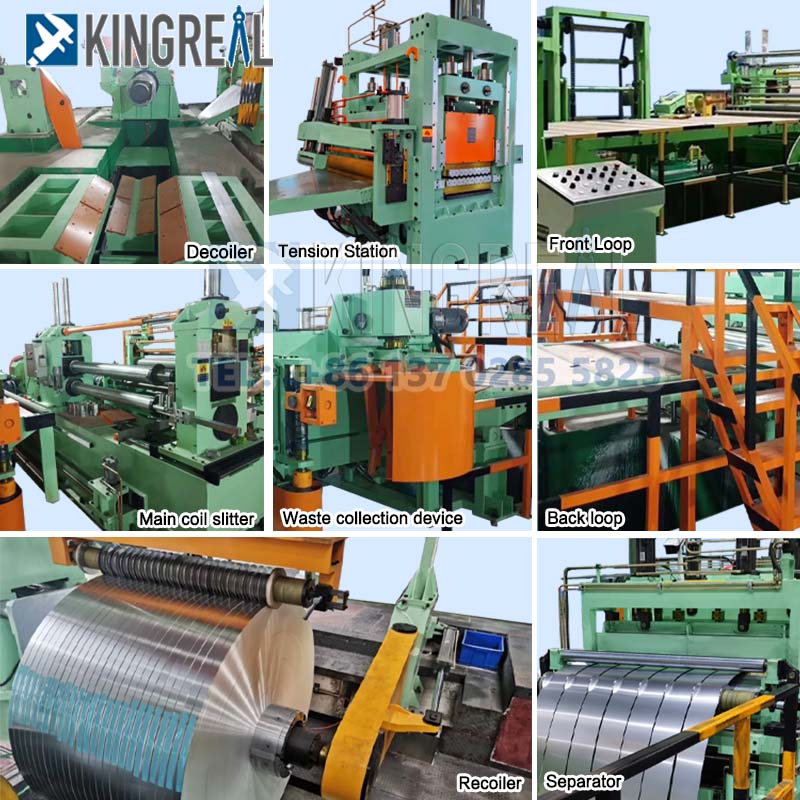
2.4 Main Coil Slitter
The main slitting cutter is the core part of the steel slitting line and is responsible for the actual cutting operation. The design of the cutter is usually made of high-strength alloy materials to ensure a long service life and excellent cutting performance during the cutting process. KINGREAL SLITTING engineers will provide different types of cutter configurations according to the special needs of customers to meet the cutting requirements of various metal materials.
2.5 Other additional components
If the customer has specific needs, KINGREAL SLITTING engineers will add some additional components to the steel slitting line after communication. For example, the newly added laminating device can provide additional protection for the cut metal material to prevent oxidation and corrosion. The protective cover can ensure the safety of the operator and reduce the occurrence of accidents. In addition, the configuration of the double knife seat can achieve double knife cutting and improve production efficiency.
3. Production process of steel slitting machine
The production process of steel slitting line is a highly coordinated process, in which each component plays an important role. The following is the specific production process of steel slitting line:
3.1 Material preparation
The first step in the production process is material preparation. The decoiler places the large coil of metal material on the machine to ensure that the material can be transmitted smoothly. The operator needs to check the specifications and status of the material to ensure that it meets the production requirements.
3.2 Unwinding and tension control
With the help of the decoiler, the metal material is unwound and fed into the tension station. The tension station ensures that the material maintains proper tension throughout the production process through the adjustment device. This step is the key to ensuring cutting accuracy. Too high or too low tension will lead to uneven cutting.
3.3 Front ring guidance
Next, the front ring guides the metal material to the main slitting knife. During this process, the front ring ensures that the material is aligned so that the cutting can be carried out in an optimal state. Any misalignment may lead to increased scrap during the cutting process.
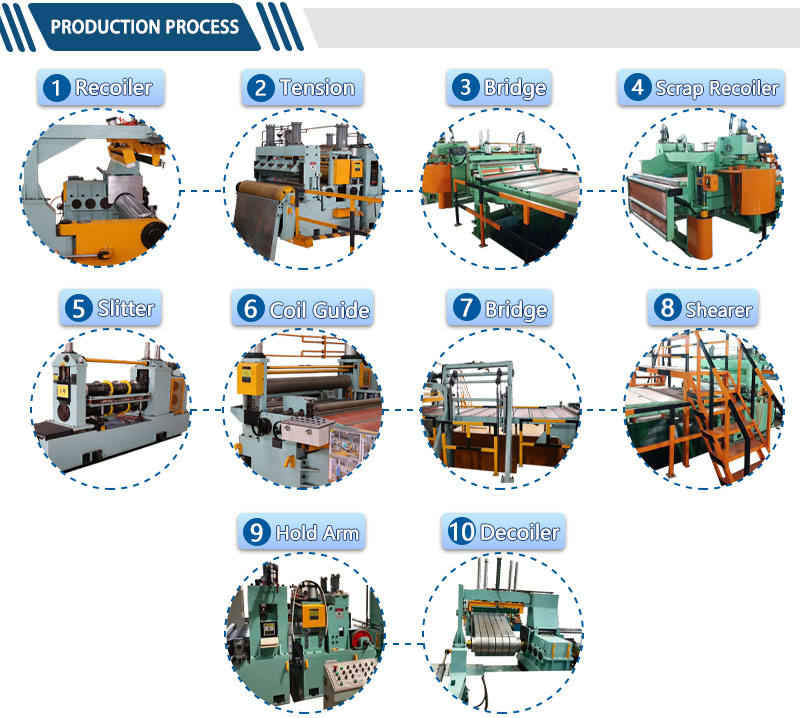
3.4 Cutting process
Once the material is ready, the main slitting cutter starts working. The cutter cuts the metal material while rotating at high speed, cutting it into multiple narrow strips according to the preset specifications. This process requires very high precision to ensure that the thickness and width of each strip of material meet the customer's requirements.
3.5 Finished product collection and post-processing
After cutting, the steel slitting line collects the finished material to a designated location. At this point, the operator will check the finished product to ensure that its quality meets the standards. If the customer has special requirements, the finished product may also be post-processed, such as laminating or other surface treatment, to improve the durability of the material.
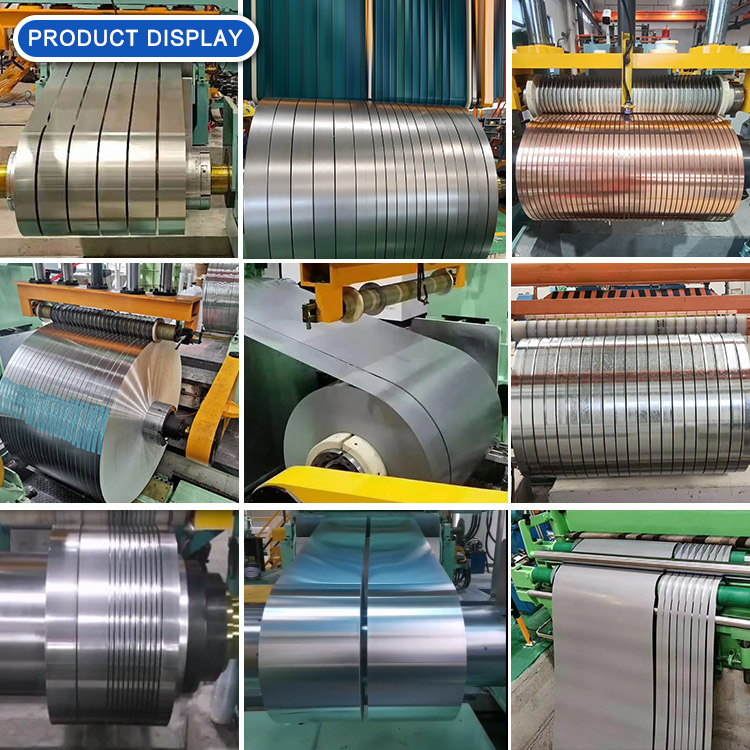
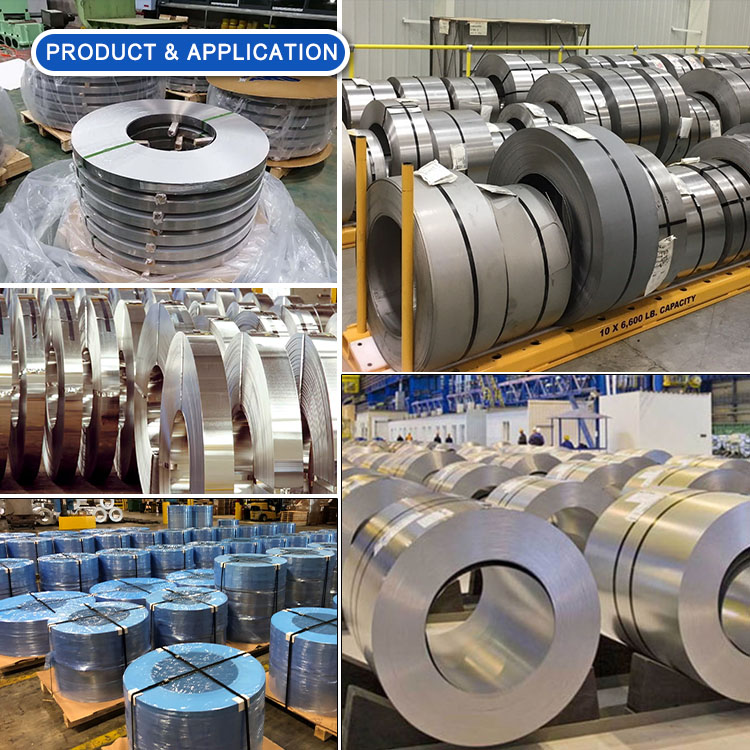
3.6 Equipment maintenance and commissioning
Finally, the operation of the steel slitting machine does not stop at production. After completing a batch of production, the operator needs to maintain and commission the equipment to ensure that the machine can operate normally when it is used next time. This includes cleaning the cutter, replacing worn parts, and checking the working condition of each component.

